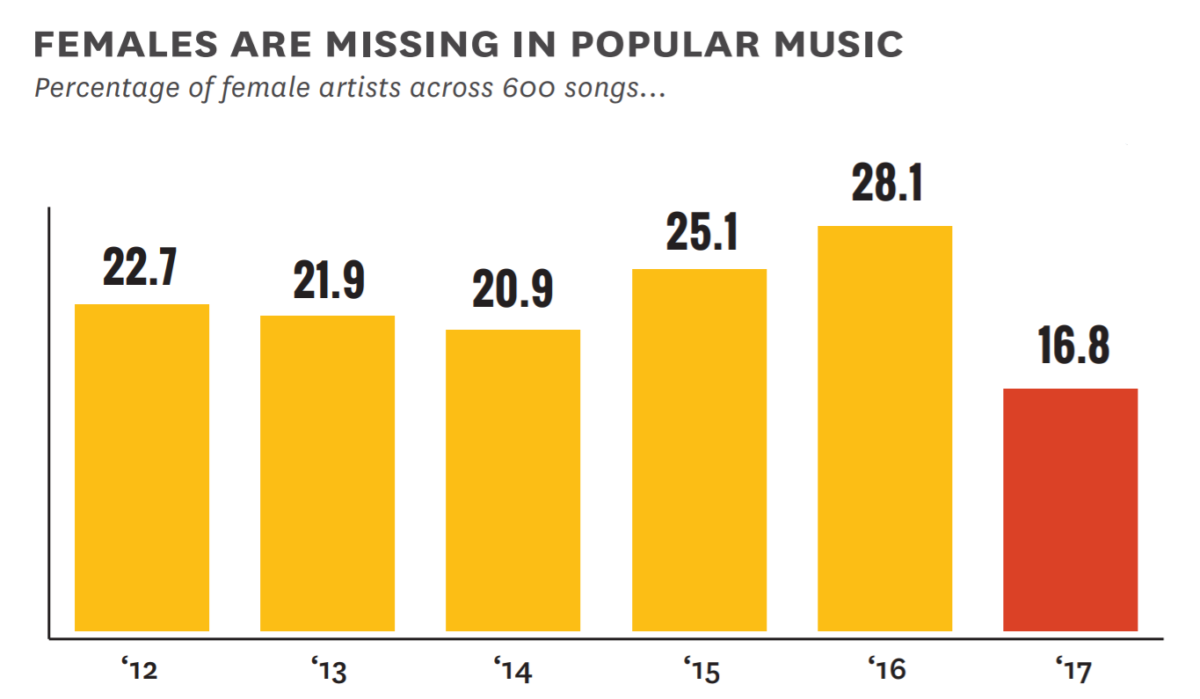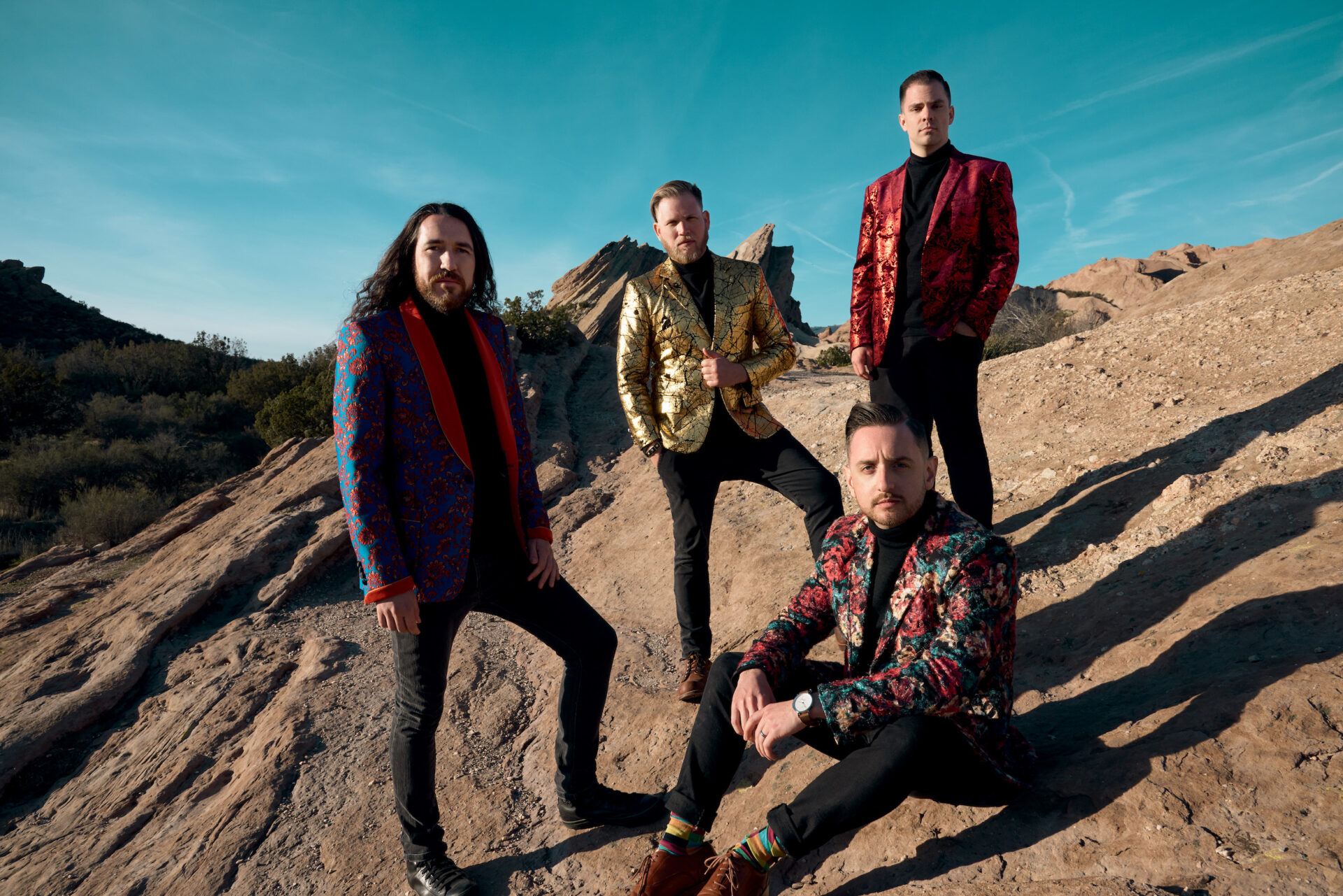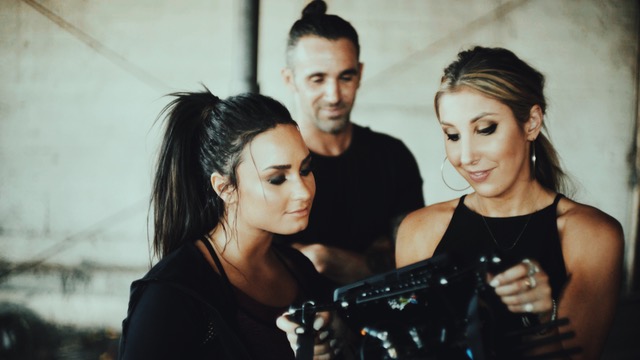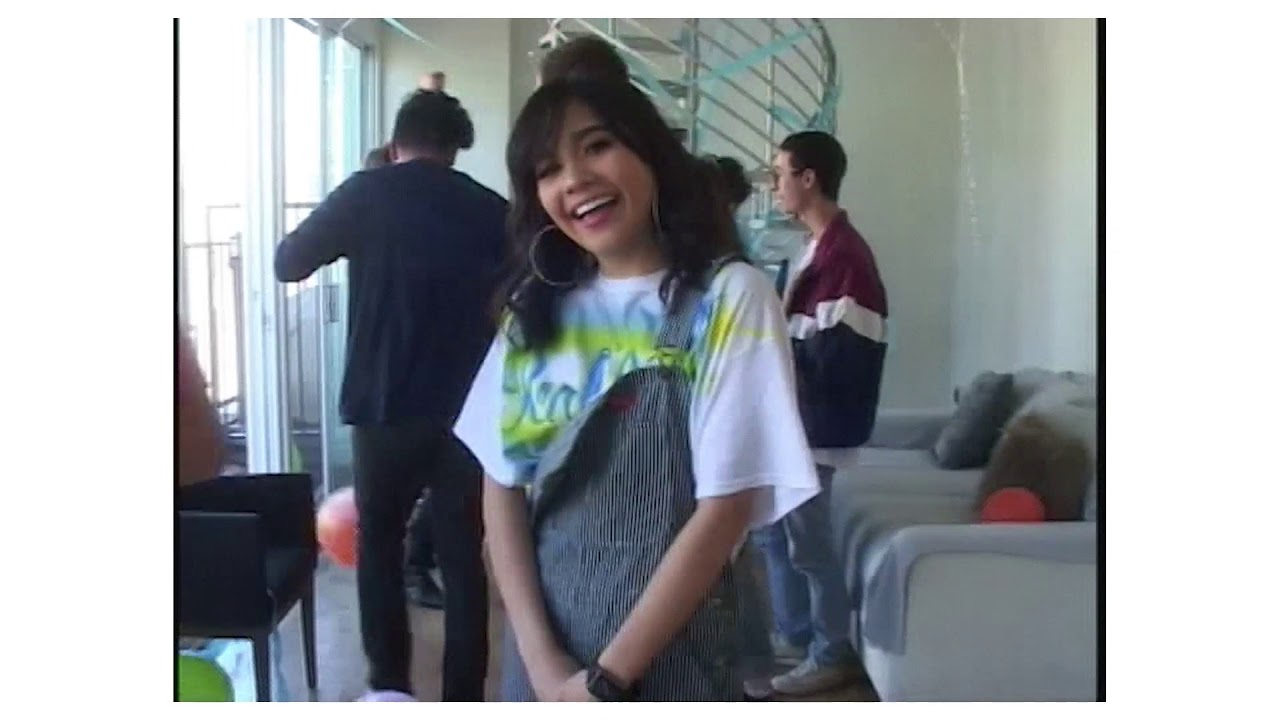One of the biggest stories at this year’s Grammys was the role of female artists: from Kesha’s stirring performance to Lorde’s peculiar lack of a performance, from the five categories SZA lost to the sole major category a woman won (Alessia Cara for best new artist). After viewers expressed disappointment with the representation given to female artists, Grammys president Neil Portnow told Variety that women need “to step up”—a comment he has since attempted to walk back from. In contrast, a new report from the USC Annenberg Inclusion Initiative says that the Grammys are well behind at representing female artists in addition to drastic underrepresentation in popular music as a whole.
Led by USC professor Dr. Stacy L. Smith, the “Inclusion in the Recording Studio?” report studied 600 songs from the Billboard Hot 100 year-end charts from 2012-2017 and found that women made up roughly 22% of artists, 12% of songwriters, and a mere 2% of producers. From 2013-2018, only 10% of Grammy nominees were women—zero nominees for producer of the year were women.
Despite a year with activists and powerful female voices calling for equality in entertainment industries, the report paints a sobering picture of representation for women in music. This is the first report on the subject by The Annenberg Inclusion Initiative—which features an impressive advisory board including representatives from Universal Music Group, Walt Disney Studios, and NBC Entertainment—after announcing last year that it would expand its entertainment industry analysis to include music.
While the study samples from popular music charts, it’s still a telling look at general trends in music. Even within that sample from the Billboard charts, genre had concerning correlations to gender. The researchers note that pop music produced far more female artists and songwriters than other genres with alternative, dance/electronic, and hip-hop notably lagging behind.

Female artists in music hit a 6-year low in 2017, graphic by Dr. Stacy L. Smith, USC Annenberg Inclusion Initiative.
The report showed that the number of female artists hit a 6-year low in 2017 at less than 17%. Interestingly, the researchers also found that female artists tend to work solo rather than in groups or duos, Icona Pop was the only female duo out of 24 in the sample while male duos like The Chainsmokers and Macklemore & Ryan Lewis frequented the charts.
On a more positive note, underrepresented racial/ethnic groups made up 42% of artists, according to the report. The researchers note that the number of underrepresented female artists and songwriters actually accurately represents the U.S. population as a whole, based off of census data (the study didn’t analyze racial and ethnic backgrounds for male songwriters and producers). However, the opposite reigned true for female producers. Only 2 out of more than 600 producers in the study were women from underrepresented racial/ethnic minorities. Similarly, the researchers point out that, while black women appear to be better represented, the same hasn’t held true for other under-represented groups in popular music and the representation is skewed across genre lines with greater representation in hip-hop/rap and R&B/soul but less in pop, alternative, and country.
The Annenberg Inclusion Initiative’s report is a reminder for musicians, fans, and the industry as a whole of the challenges facing the music community. Given that roughly half of music consumers are female (the study notes that women made up 53% of digital music buyers in 2014), the industry has a long way to go to accurately represent its listeners.













